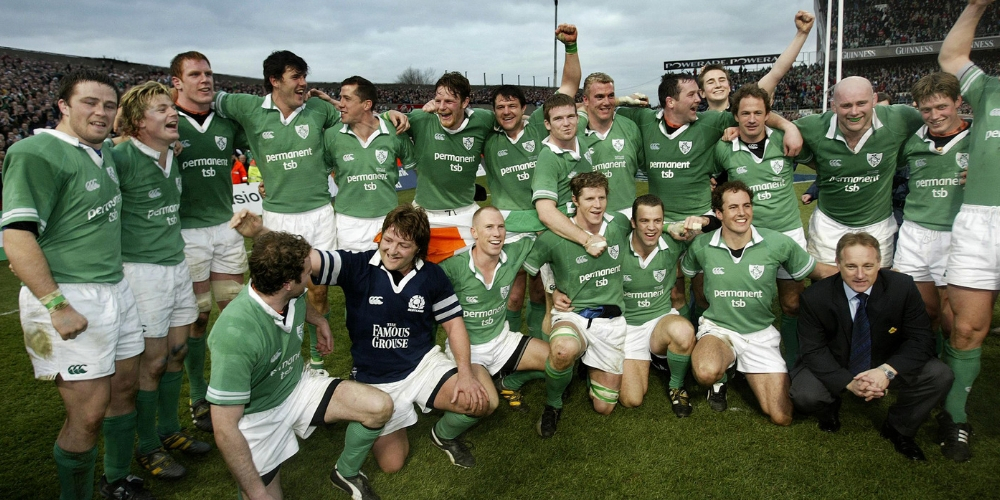Former Director of Fitness with the IRFU, Dr. Liam Hennessy, looks at the creation and evolution of the Irish Rugby's Player Development System (LTAD).

www.setantacollege.com
Where players come from
Players that go on to represent their country seem to come from key schools as they transition through the provincial sub-academies and academies to the professional game.
Typically between 70% and 85% of players who represent Ireland graduate upwards from these key schools.
The close link between schools and the academies and their outreach regions (mainly clubs) in particular seems to be the true ‘key’ in the pathway of development. For example, the Leinster sub-academy has what can only be considered an outstanding conversion rate of 85% to the professional game. Of significance is also the fact that approximately 65% of the current Irish international players come through the Leinster sub-academy spearheaded since its founding by Dave Fagan. While this is a great tribute to the work of Dave and his colleagues, it does highlight a possible gap in other development sections. Once addressed they can also contribute to a greater extent to the development of elite players.
Summary
The development of the Irish Rugby player over the last 3 decades was initiated by Stephen Aboud, who is now the Italian Rugby Technical Director. He and his colleagues within coaching, fitness, physiotherapy, and nutritional fields guided this development pathway long before a formal staged pathway (LTAD) was popularised in the 2000s.
In assessing the evolution of the pathway
it is clear that Ireland has benefitted significantly from this early phase of player development. It may surprise many but there is still a limited number of schools who literally produce the majority of Ireland’s players.
From this structured development, where training age is increased especially from the junior stage through to the final secondary school year, players then transition to the sub-academy within the provinces. These academies are arguably the most productive academies in the world of team sports. There are still opportunities to forge a more effective development pathway, mainly through continued and greater support of schools, (sub) academies, and more focused support of clubs at all stages of development. Nevertheless,
the current synergy between schools and academies is seen as a world-class development pathway, regardless of the limitation in player numbers.


